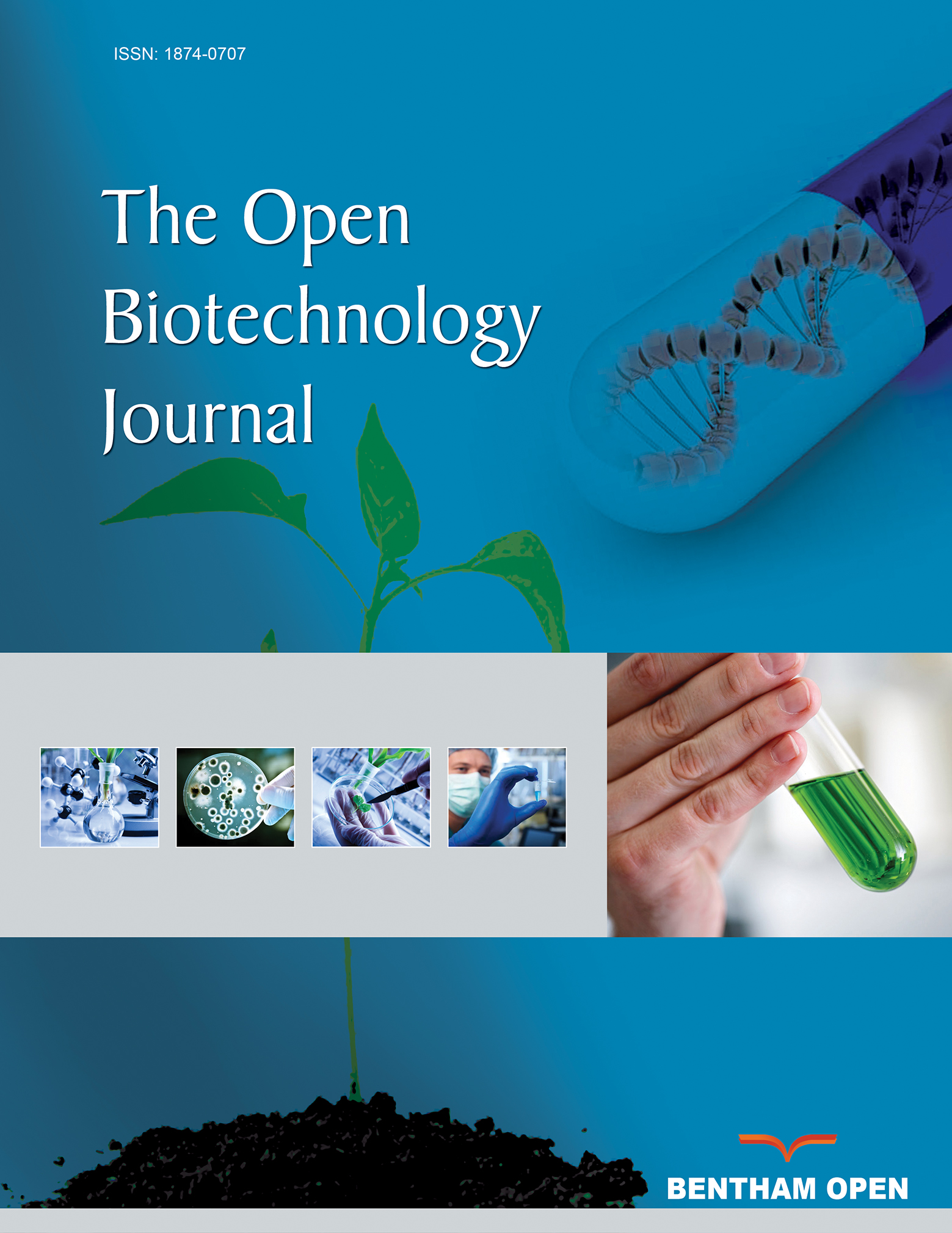All published articles of this journal are available on ScienceDirect.
Determination of the Water use Efficiency of a Pecan Nut Orchard based on the Irrigation Scheduling and the Evapotranspiration Rate in Northern Mexico
Abstract
Background:
Adult pecan trees require a significant water supply for high yields and nut quality. Pecan nut orchards are established in semi-arid regions where water is the primary limiting resource for agriculture. Therefore, in these regions, improving water use efficiency is essential.
Objective:
Evaluate the water use efficiency of a pecan tree orchard based on the comparison of irrigation scheduling with the evapotranspiration rate data.
Methods:
The study was conducted in a pecan nut (Carya illinoinensis) orchard of 7.2 ha with 7-year-old Western and Wichita cv tress. The volume of water applied to each tree (drip irrigation) was converted to a daily irrigation depth and compared against the daily rate of actual (measured with an Eddy covariance system) and the FAO Penman-Monteith evapotranspiration.
Results:
Comparing the monthly water depth applied to each tree against the monthly FAO-Penman Monteith ET, surplus or deficit irrigation episodes were detected. Because the canopy trees only covered 18.7% of the orchard area, the daily rate of actual evapotranspiration during the months of the trees growing was very small (1 to 2 mm) compared with the orchards of mature pecan trees. The corresponding monthly crop coefficients (Kc) were also small (0.315 on average).
Conclusion:
This study showed that by comparing the rate of ETref against the irrigation depth applied to the trees in the irrigation scheduling, it is possible to reveal cases of surplus or deficit of water supplied to a pecan nut orchard.


